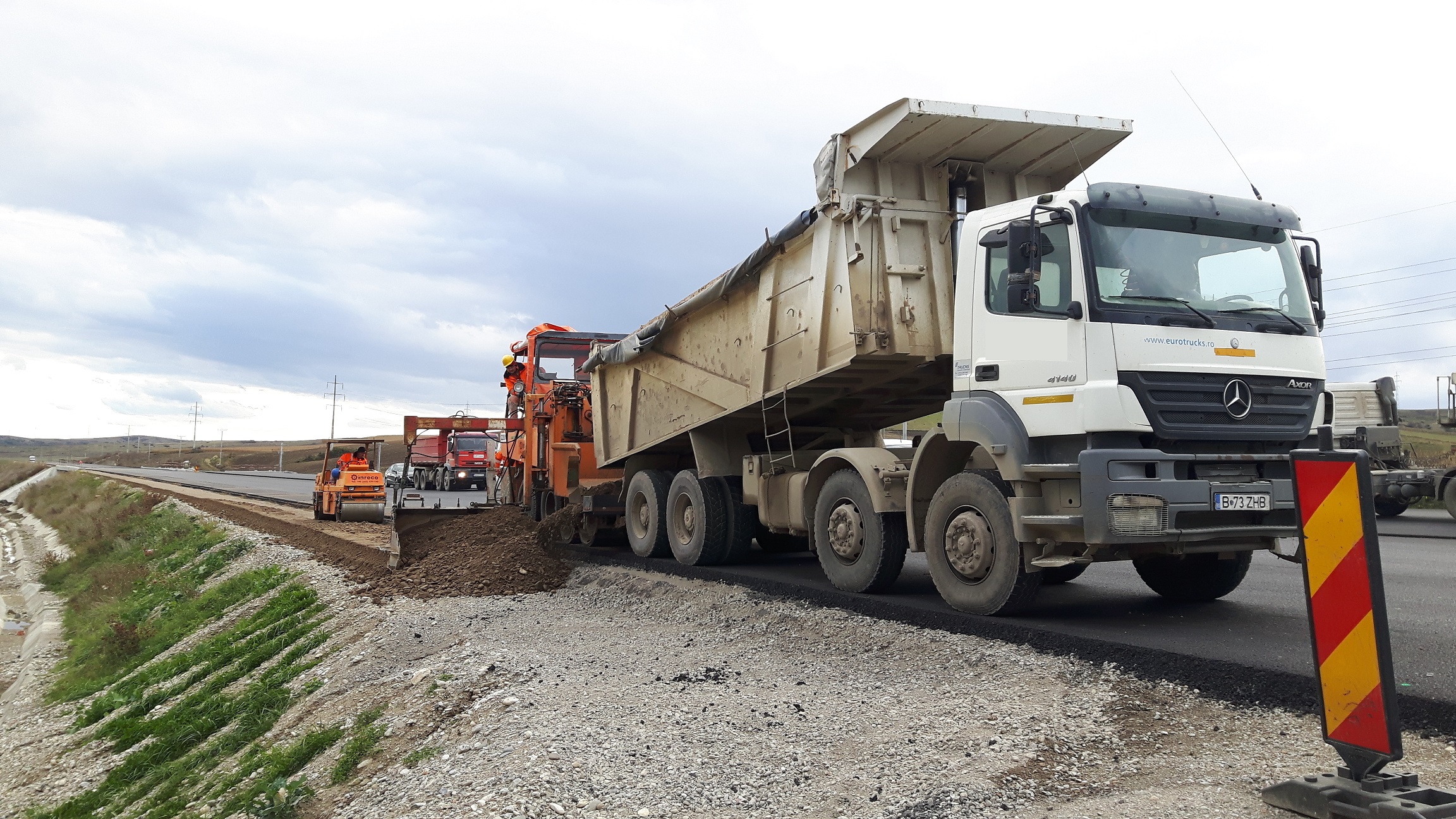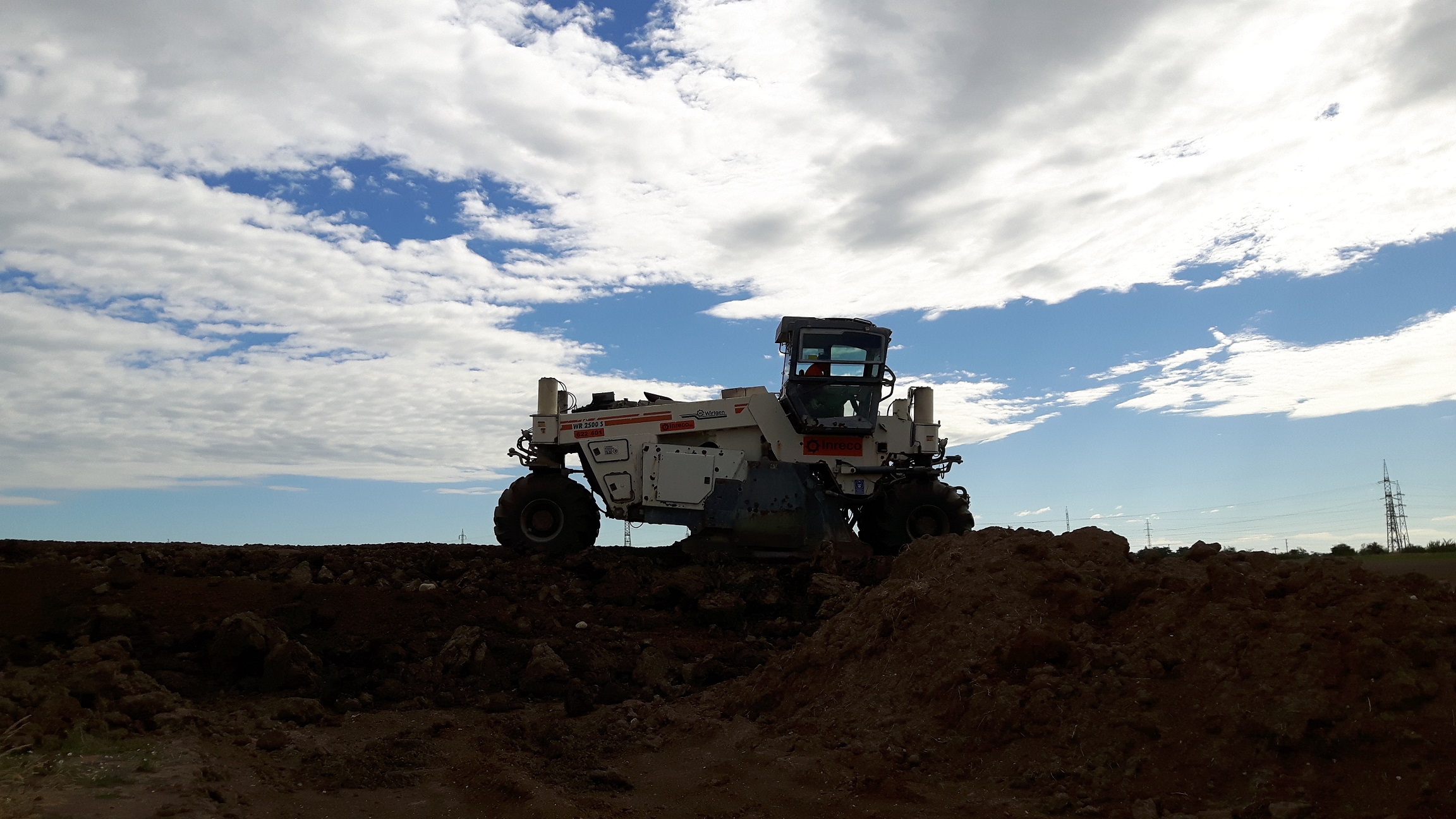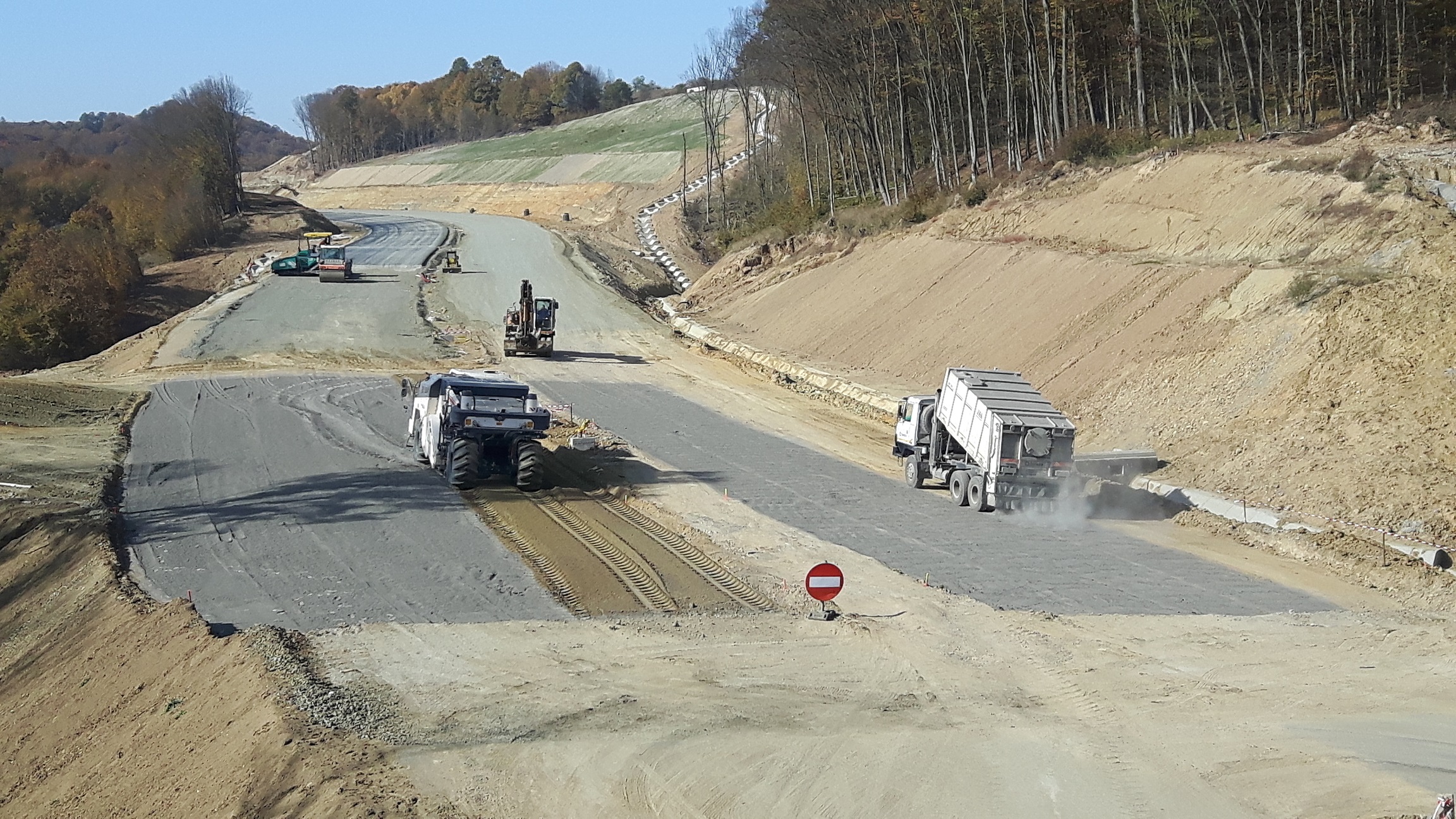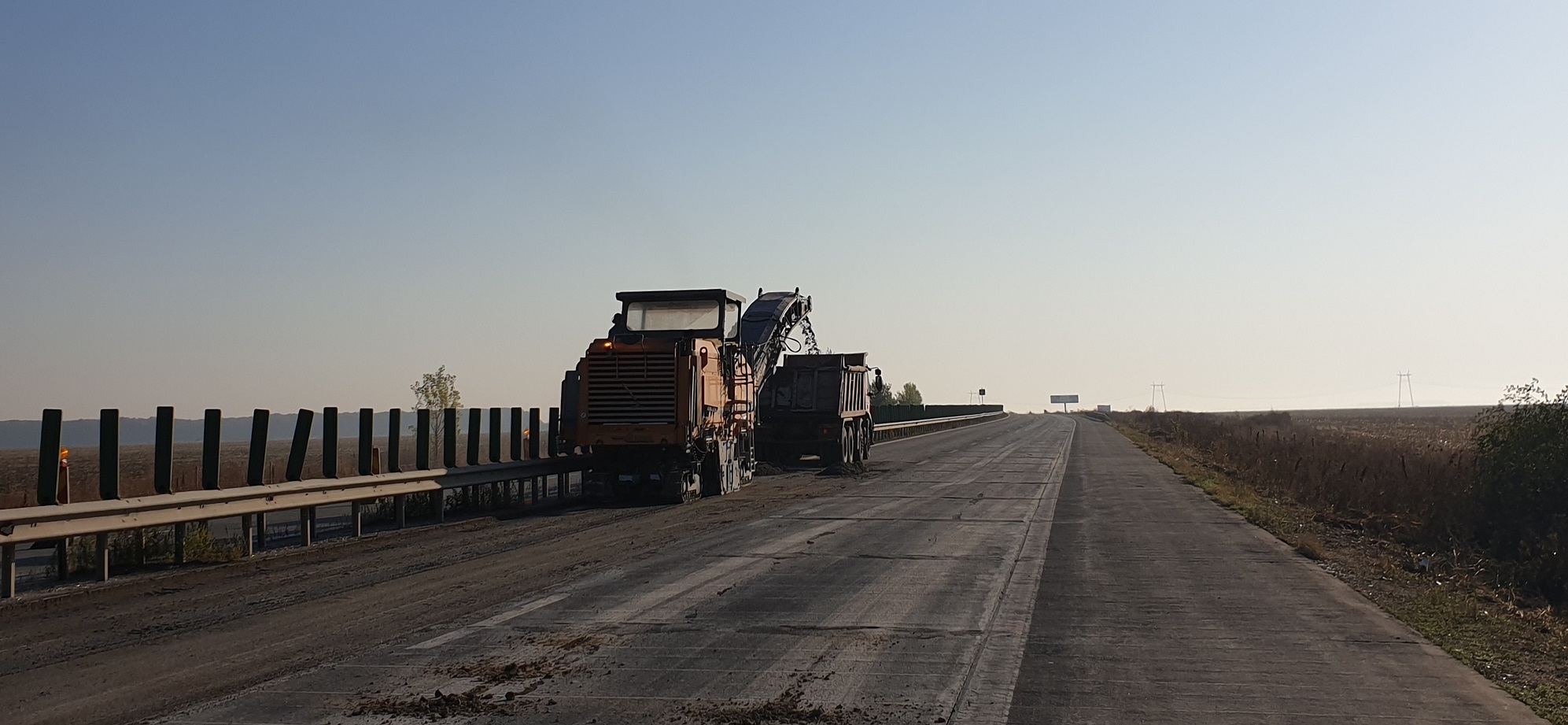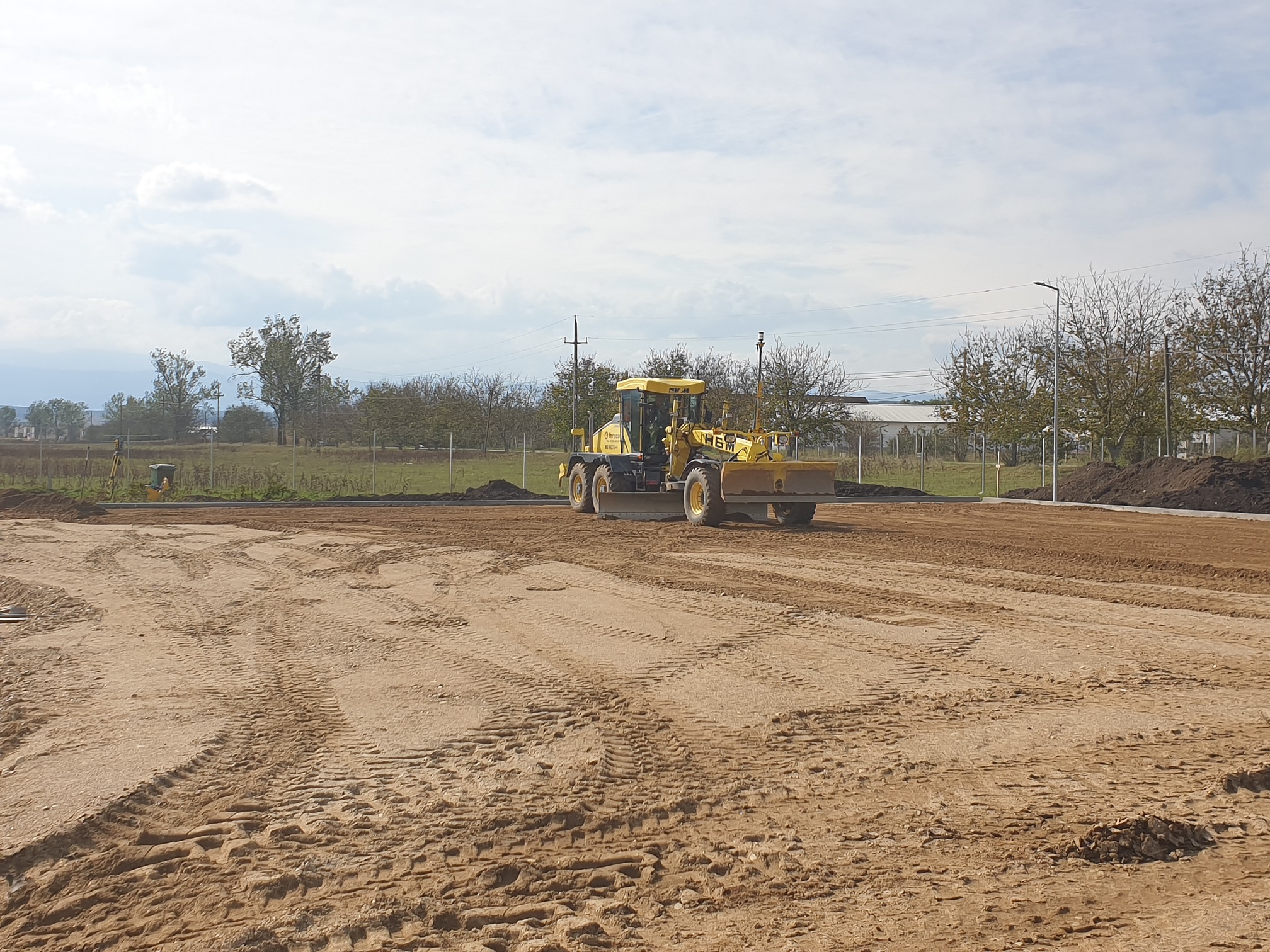Soil stabilization
Soil stabilization methods are used in heavily soaked soils, which as a result, cannot be sufficiently compacted or are not suitable for construction traffic. By mixing in binding agents (mostly lime, cement or mixtures of both) water content is reduced, and material’s plasticity, compactability and load bearing capacity is immediately improved.
In soil improvement, binding agents are mixed into the existing soil to improve its paving properties and compactability, making the soil highly unsusceptible to water at the same time. These improved material properties facilitate the completion of construction work on the terrain.
Soil consolidation is also achieved by mixing binding agents into the existing soil, which improves its volume stability and permanent bearing capacity, making it frost-resistant at the same time. Typical applications of soil consolidation are in the construction of roads, railways and airports, as well as in the development of industrial estates or new housing areas.
The most beneficial application of soil stabilisation is when it is taken into consideration right from the design phase. If mechanical properties of the stabilised earthwork are counted for, than upper structures can be designed accordingly and considerable cost reduction can be realised.
On the other hand, due to extreme weather conditions and unforeseen soil conditions, the need for soil stabilisation is only realised during the construction process. In these situations, to avoid excess cost and construction delays, usually the only possible technology is to stabilise the existing soil.






